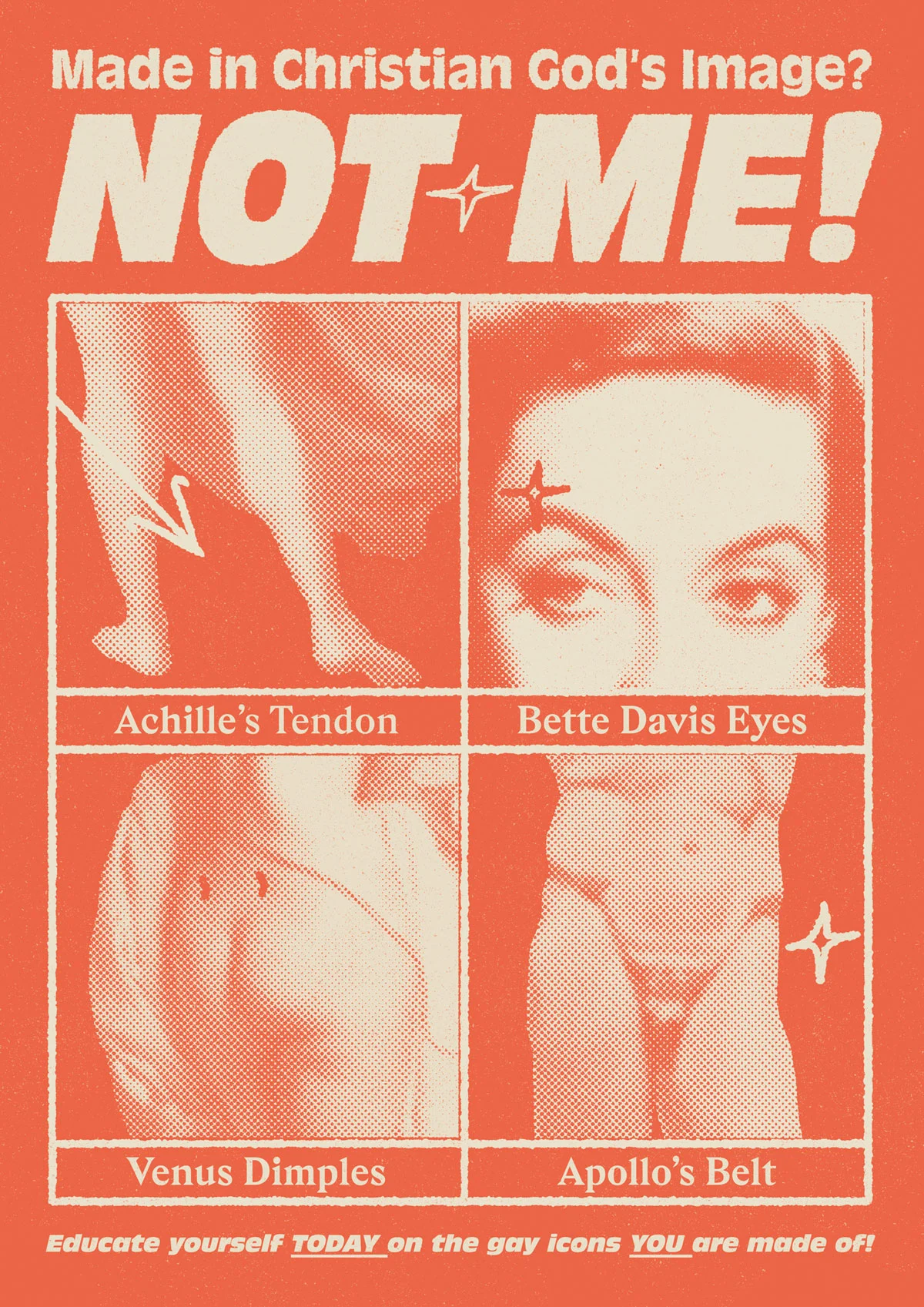
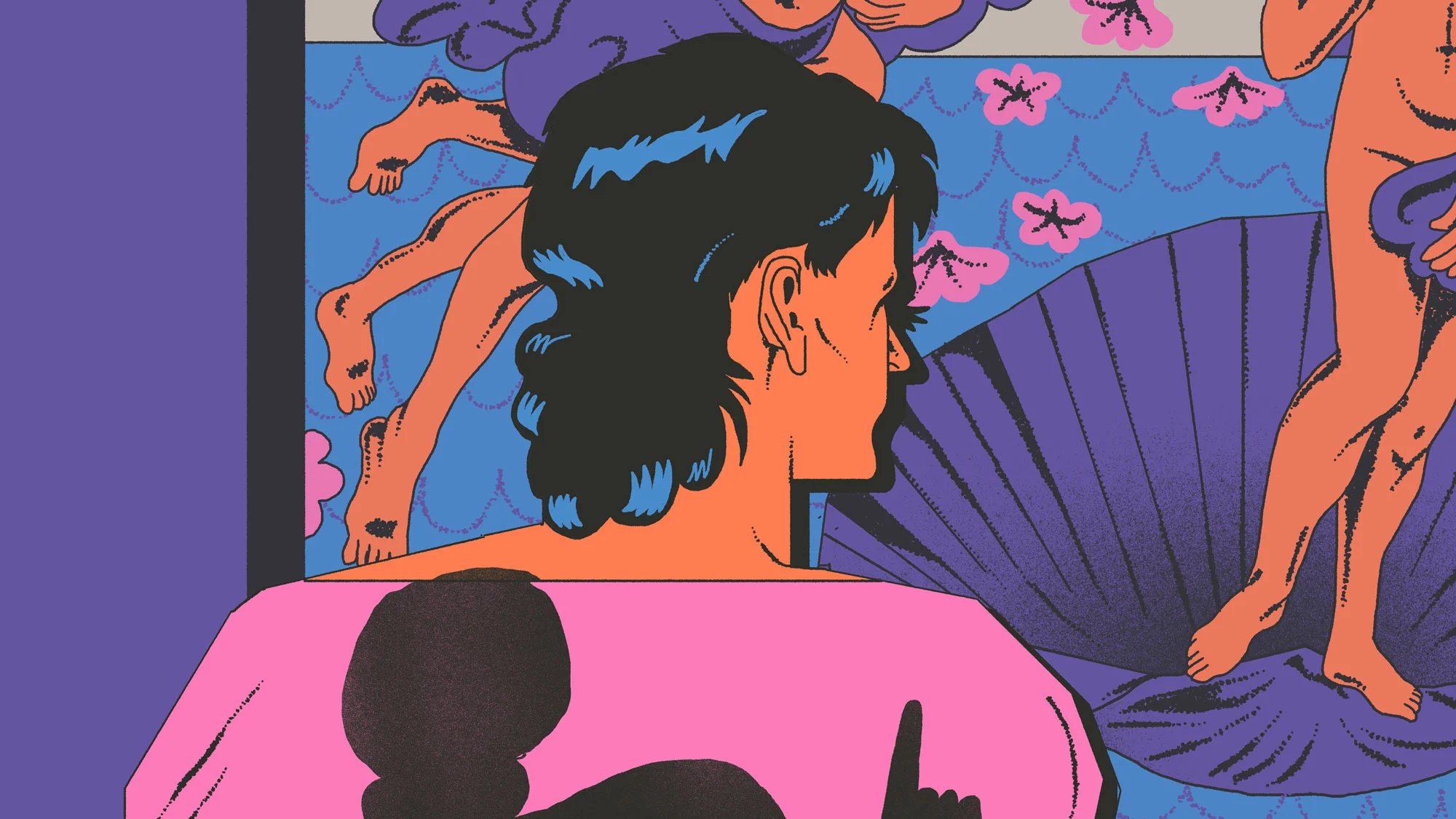
From the Russian product designs she saw as a kid, to surreal horror stories in graphic novels, illustrator Sașa Staicu’s inspiration has come from far and wide. Margherita Dessanay speaks to her about how she brings it all together, and how she uses her comics as a way to connect with and accept the worrisome world.

Half-Russian, half-Romanian artist Sașa Staicu was born into a creative family, but one in which art was seen as a hobby rather than a viable profession. In fact, her grandmother actually told her that their entire family consists of artistic people who make a living out of something that is entirely unrelated to art. While spending her formative years between Moscow and Bucharest, Sașa managed to formulate and nurture her own creativity enough to gain entry to Glasgow School of Art, from which she graduated in 2019.


Sașa casts the unlikely characters of her digital illustrations by tapping into forgotten history, oral traditions from Eastern Europe and sci-fi and horror literature.
Growing up in Eastern Europe exposed Sașa to the rich tradition of illustration and design permeating every aspect of culture, from folk and popular art to Russian avant-garde. “I was raised on art that meets you right where you are,” she says, “from candy packaging and crafted goods, to cartoons and newspaper comics.” Her imagination was forever impressed by watching the 1965 Soviet cartoon The Hedgehog in the Fog, in which the protagonist of the tale gets lost in the foggy woods and endures a handful of terrifying experiences, like being stalked by animals and eerie, unidentified presences and, at one point, almost drowning in a river before being saved by a mysterious force. Through this, she discovered the power storytelling has in terms of how we protect ourselves. The uneasy sense of imminent danger present in Soviet cartoons and in many Russian fairy tales is something that has always inspired her work.
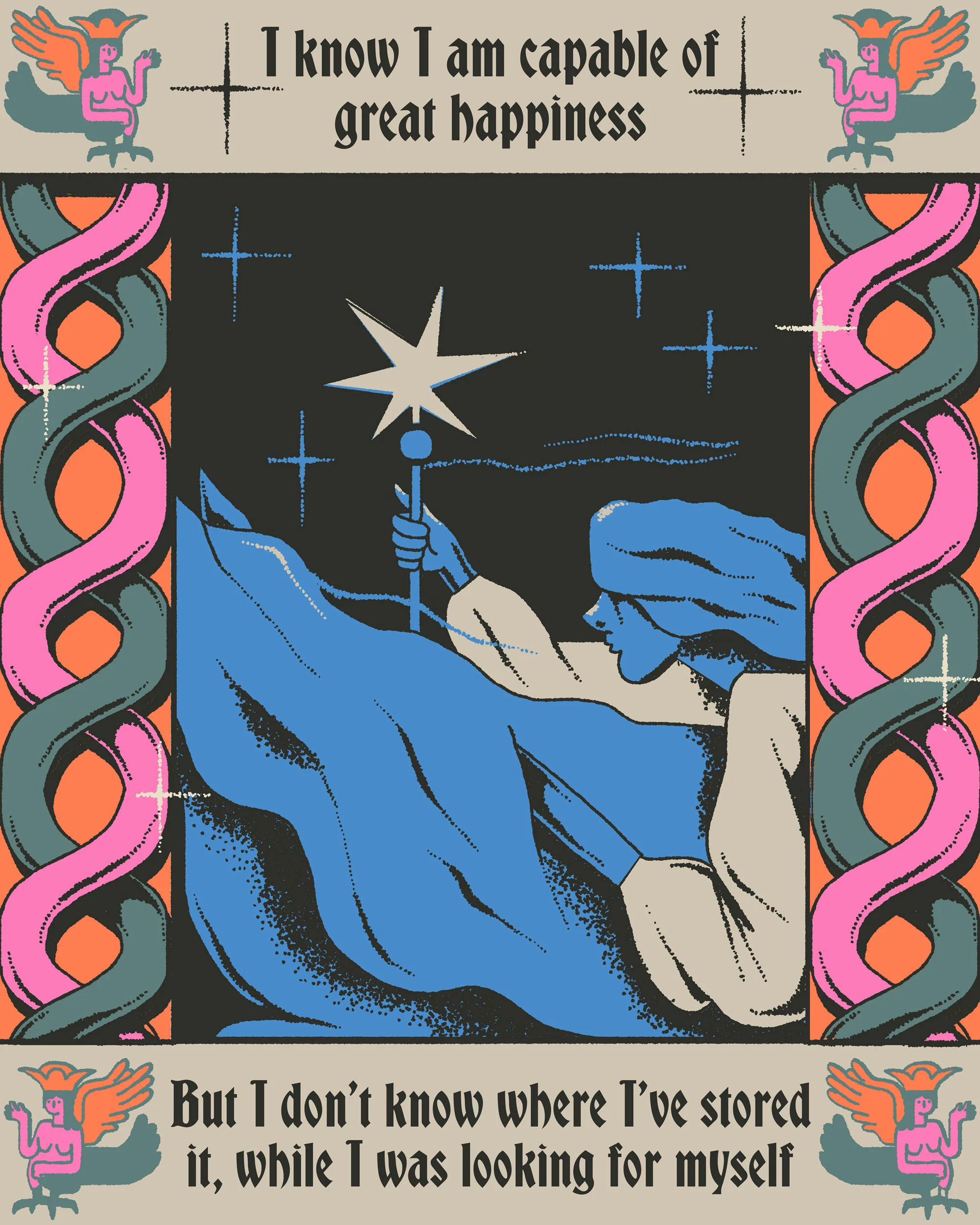
I was raised on art that meets you right where you are.
Later in life, Sașa found herself fascinated by Charles Burns' comic book X'ed Out, in which the dark, sensual feeling of the narrative relies equally on text and on a distinctive use of sharp lines and bold colours. Inspired by this, she began experimenting with her own hybrid of words and imagery and started to make digital sketches of whatever captured her attention. She likes how her choice of words will connect with people. “Being afraid of loneliness, I can't imagine not relying on words to communicate with others,” she confesses. “It’s liberating to find the right word for something that you think or feel.” Once Sașa does locate the perfect word, she conducts mental interviews with fonts as if they had personalities, finding the one matching the characters and the narrative she has in mind.

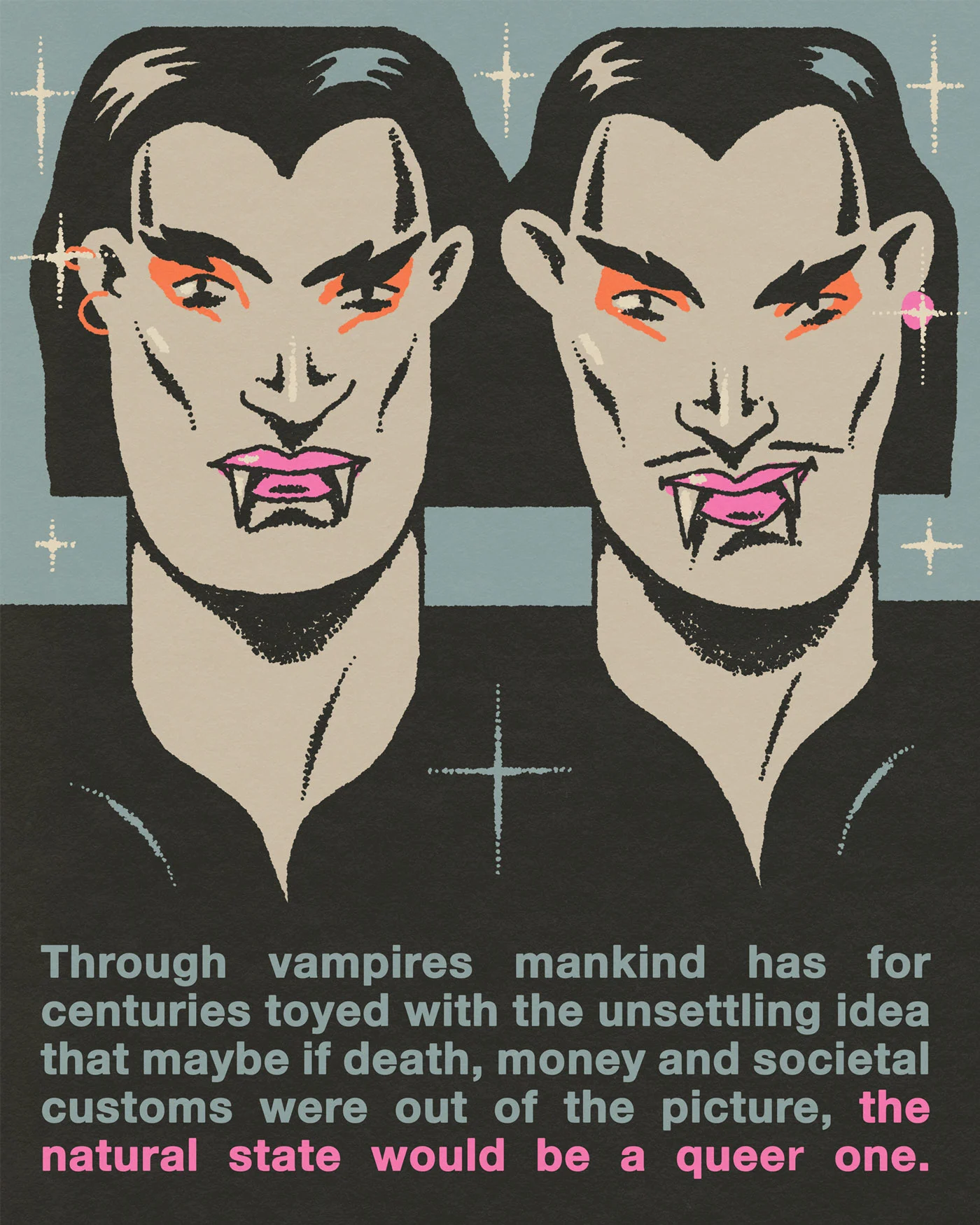


It’s liberating to find the right word for something that you think or feel.
Sașa casts the unlikely characters of her digital illustrations by tapping into forgotten history, oral traditions from Eastern Europe and sci-fi and horror literature. She then imagines how their mythical allure would work in mundane situations, often with hilarious results. One of her recent digital comics imagines how Erzsébet Báthory, the most prolific female serial killer in Hungarian folklore history, would deal with her longing for lost lovers, considering she is immortal. Would she get sad and tired of her own blood thirst? Maybe. In comic Hot4Ever, she questions how grumpy, flamboyant vampires cope with the boredom of eternity. Would they participate as guests on reality shows?
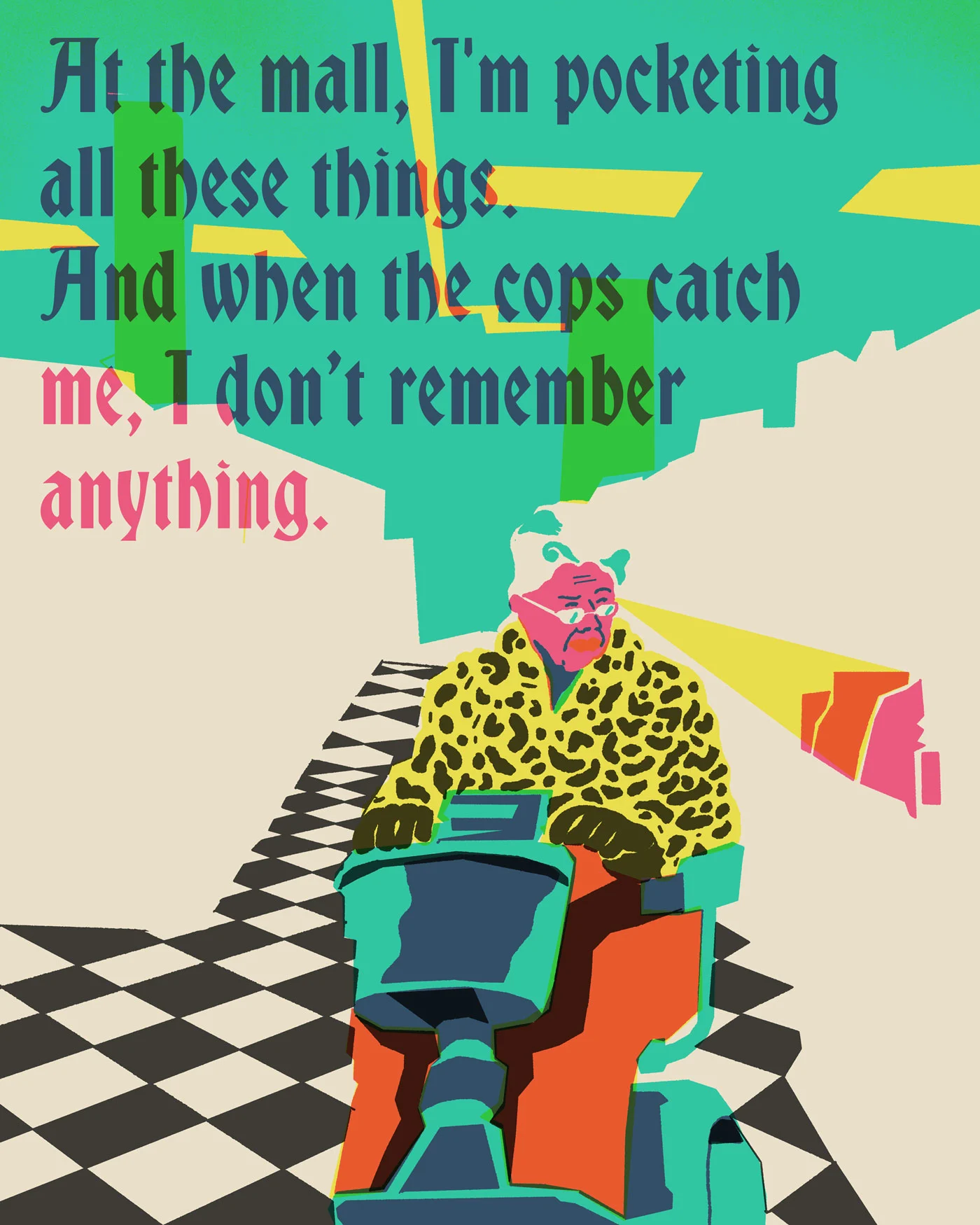


Sașa is a cultural outsider whose quirky storytelling plays with flipping perspectives challenging consumerism and celebrating individualism. Her bizarre tales are Trojan horses: smuggling in all sorts of socio-political references under the guise of being playful “glorified fan-fictions,” as she calls them. “Humor is the most sturdy tool we have in the resilience box,” she says. “How else can we explain the strong culture of surreal humor and laughters that exists in countries and people who, time after time, have been on the wounded end of history?”
